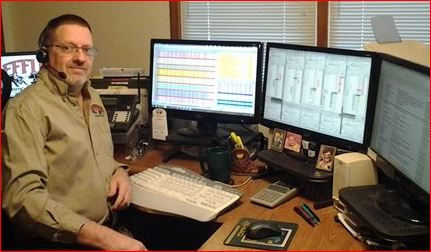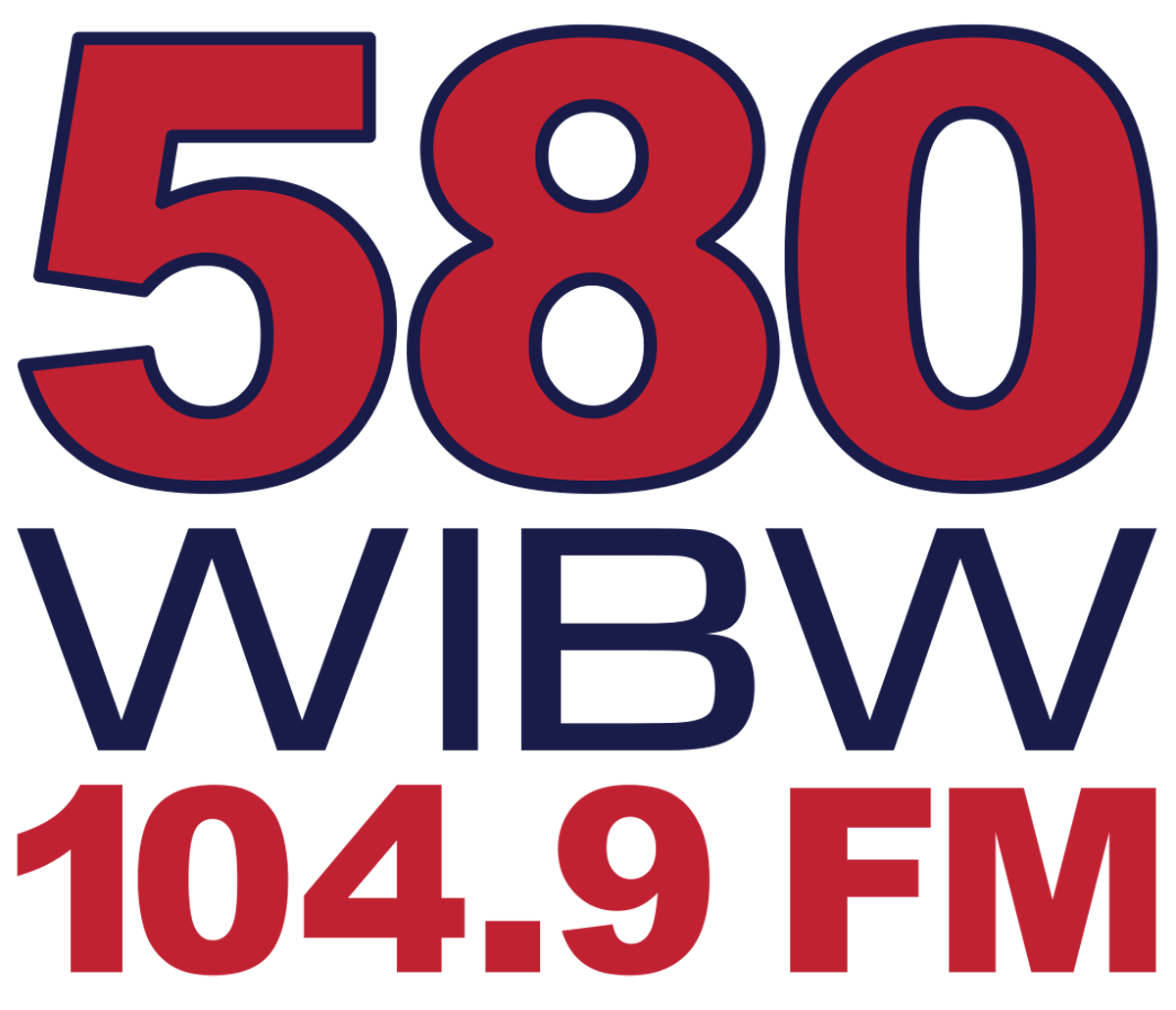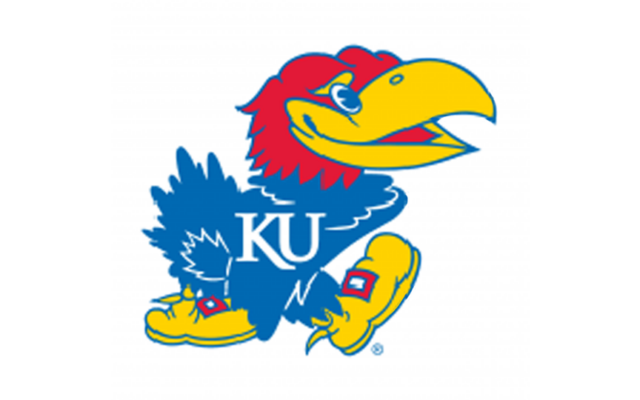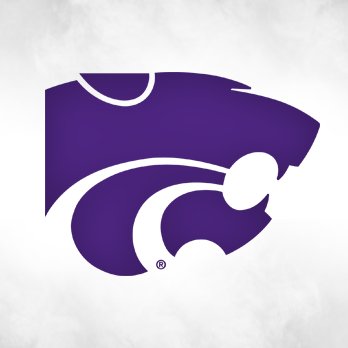Commodity Profitability For Farmers Managing Marketing Opportunities

By Frank J. Buchman
“Grain prices are at near record levels so what should a farmer do?”
There were no definite answers but opportunities were reviewed during a recent Farm Profit Seminar in Ottawa.
Tom Leffler, representing Leffler Commodities LLC, reviewed past, present, future agriculture in his presentation titled “Now What Do You Do?”
Acknowledging the speaker’s presentation was prior to Russia’s invasion of the Ukraine, Leffler did discuss possible ramifications of that action.
All commodity prices at time of the seminar were sharply above a year ago in an intriguing chart displayed.
Sharpest difference was August feeders at $184.20, up $31.40, from $152.80, same date of 2021. April Feeders were $168.27, up from $142.60, a year earlier.
April live cattle were up $23.55, to $144.75, while June live cattle were $141.12, compared to $119.12, a year ago.
Highest valued grain was July soybeans at $16.60, up $2.66, from a year ago at $13.94. Likewise, November soybeans were up $2.66, at $114.88, compared to $12.22 the same date of 2021.
May Kansas City wheat showed the highest grain price difference up $2.71, at $9.18, compared to $6.47, a year earlier. July Kansas City wheat was $9.16, up from $6.51, a year ago.
July corn was up $1.33, to $6.75, while December corn was up $1.41, to $6.11.
The June dollar index was 96.23, up from 90.142 a year earlier. July heating oil was up only 0.8414, at 2.6807.
Cattlemen blinked with Leffler’s picture of ribeye steak wrapped in electronic security wire preventing shoplifting the $20.83 Florida Walmart package.
As gasoline prices are increasing more people are looking to lower priced airline travel for vacations this year.
While fuel prices have increased to $3.44, day of the seminar, President Biden’s approval rating is the lowest ever.
Few people if anybody can understand how large a number that a trillion really is, the speaker repeated previous commentary.
A trillion is a one followed by 12 zeroes. “One trillion seconds is about 31,710 years,” Leffler said. “Spending $40 a second around the clock equates to spending $3.4-million per day.”
To spend $1-billion takes 289 days, while to spend $1-trillion would take 792.5 years.
“The U.S. national debt is above $30-trillion, while the deficit is more than $3-trillion. Interest on the U.S. debt is more than $426-billion,” Leffler attempted tabulation.
“The U.S. federal debt to the GDP ratio in 1960 was 53-percent, while now it’s 125- percent,” Leffler pointed out.
According to definition, “Gross domestic product (GDP) is used to estimate the size of the U.S. economy. It is calculated as the value of all goods and services produced in the U.S.” That indicates to even those with the least monetary knowledge the nation’s economy is not in good shape.
Marketing is the key to farm profitability, yet producers often resist assistance, according to the speaker.
“There are ways to change and improve your commodity marketing,” Leffler emphasized.
That requires knowing the cost of production, having and following a marketing plan while being a disciplined marketer using risk management.
“Do not dwell on past mistakes or decisions,’ Leffler advised. “Have a plan for ‘what if’ you are wrong. Accept that markets are highly unpredictable.
“There are no magic bullets, so marketing should be based on a plan, not emotions,” he continued. “If you cannot handle these requirements then hire a marketing advisor to use futures and options. Yet be aware futures trading involves risk of loss and is not suitable for everyone.”
Odds for picking the top of the market is 300 to one, Leffler pointed out. “Diversification is essential,” he showed. “Investing $100,000 at 7-percent ten years returns $196.968, while diversification of marketing can return $264,715, an increase of 34-percent.”
Maps showed Russian Army positions surrounding 70-percent of the Ukraine which could shut down most ports for wheat exports. The Ukraine is a major wheat producer and exporter which could logically affect prices.
Drought monitors revealed extent of the nation’s dryness especially in the southwest including western Kansas. That is indicative of lower production bringing stronger prices.
Winter wheat condition in Kansas is 35-percent “poor to very poor,” in Oklahoma it is 64-percent, and in Texas 72-percent.
Turning to cattle market outlooks, Leffler said the pre-report estimates for the February cattle on feed, at 100.7 percent, is the largest ever. “It is the only the third time above 12 million head and the largest in 27 years,” he added.
Placements at 99.2-percent in January were the largest in 16 years. However marketing’s were only 97.3-percent, fourth lowest January marketing’s in 11 years.
Kansas’ average cash steer prices went from low $110.15 in first-half 2021, to this year’s January-February high $142.
Cow slaughter is increasing approaching levels of 2011, pointing to reduction of calf crop for stronger markets.
Price spread between Choice and Select beef is narrowing as consumers are purchasing Select beef with shortage of Choice supplies.
Highly detailed charts indicated reduction in beef output pointing to stronger markets.
“The most dangerous phrase in the language is ‘we’ve always done it this way.’ That’s the poorest excuse ever,” Leffler said. “Most people don’t really want the truth. They just want constant reassurance that what they believe is the truth.”
In conclusion based on vast experiences, Leffler insisted “There continue to be opportunities for agriculture profitability in the years ahead.”

Tom Leffler, Augusta commodity broker, discussed marketing opportunities during the Farm Profit Seminar in Ottawa.


